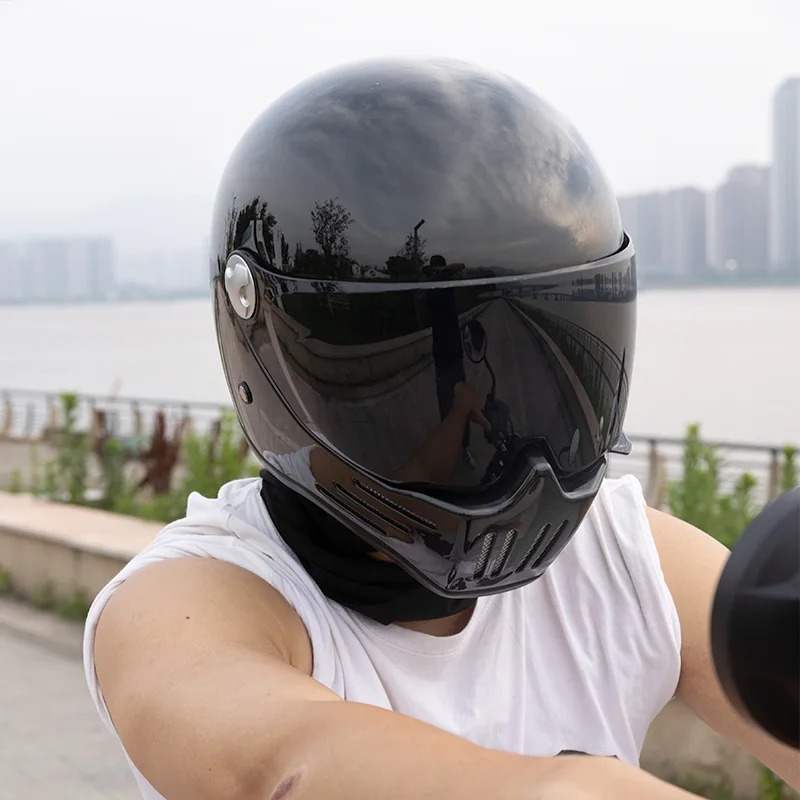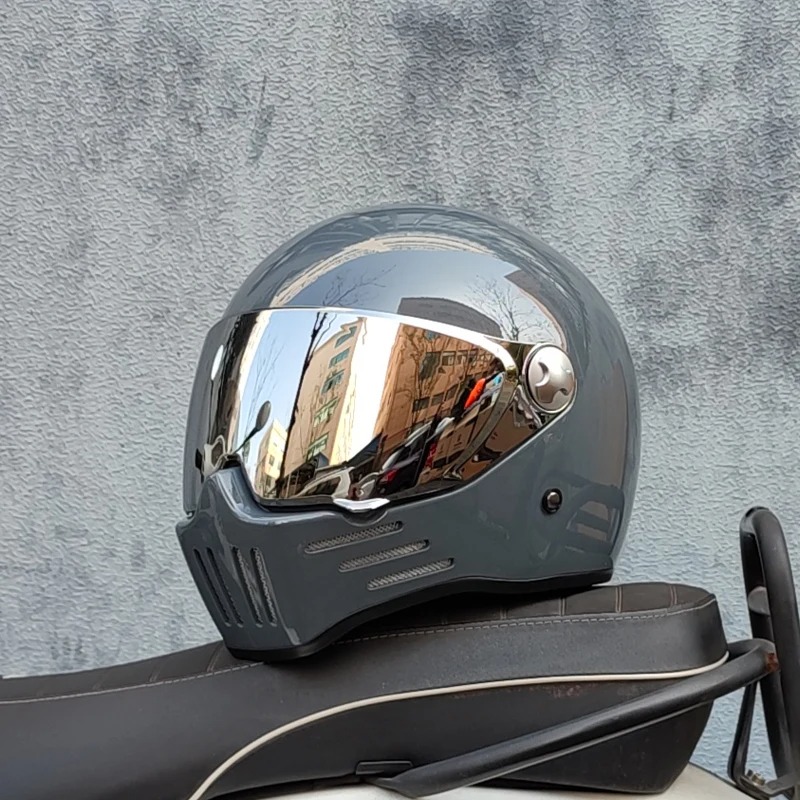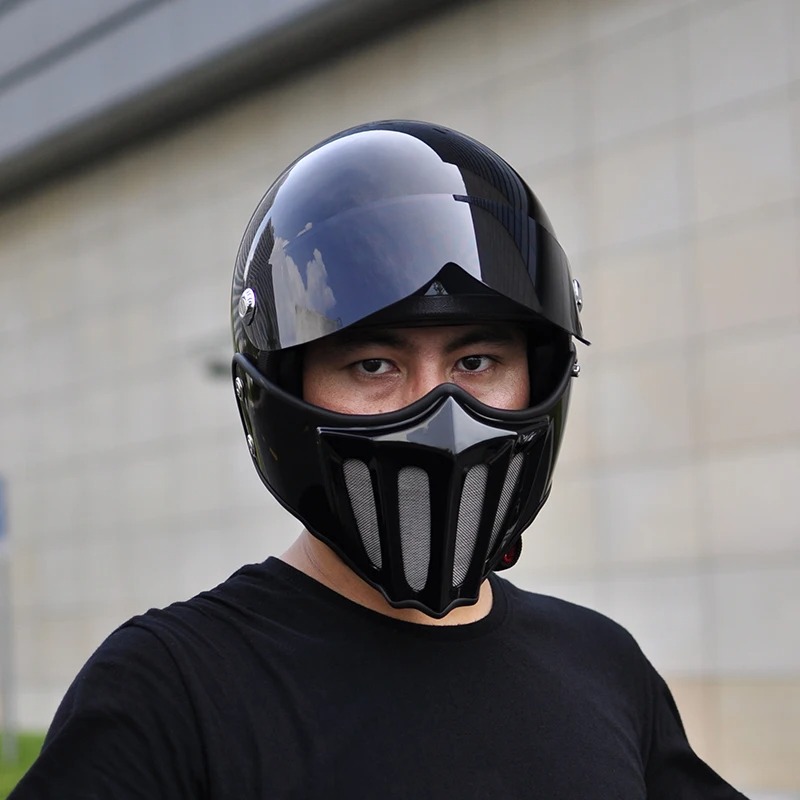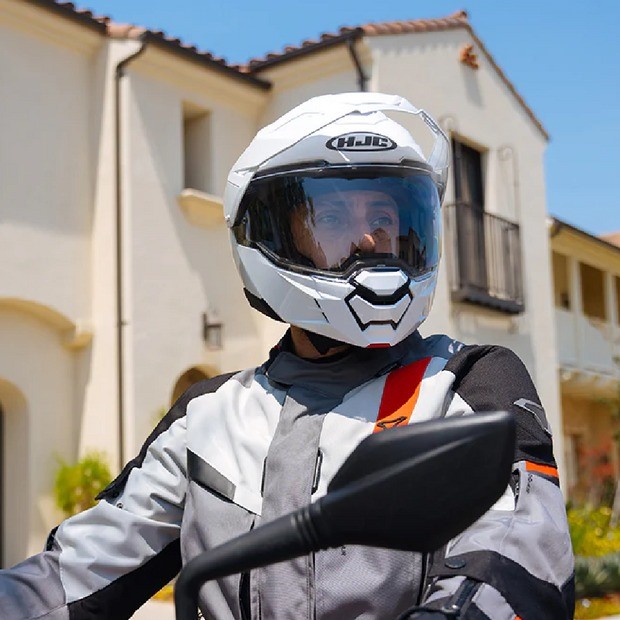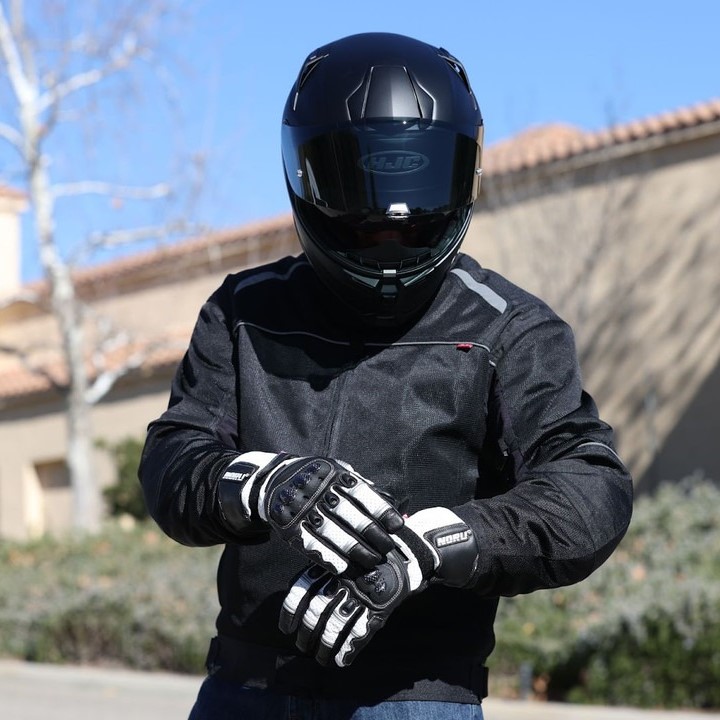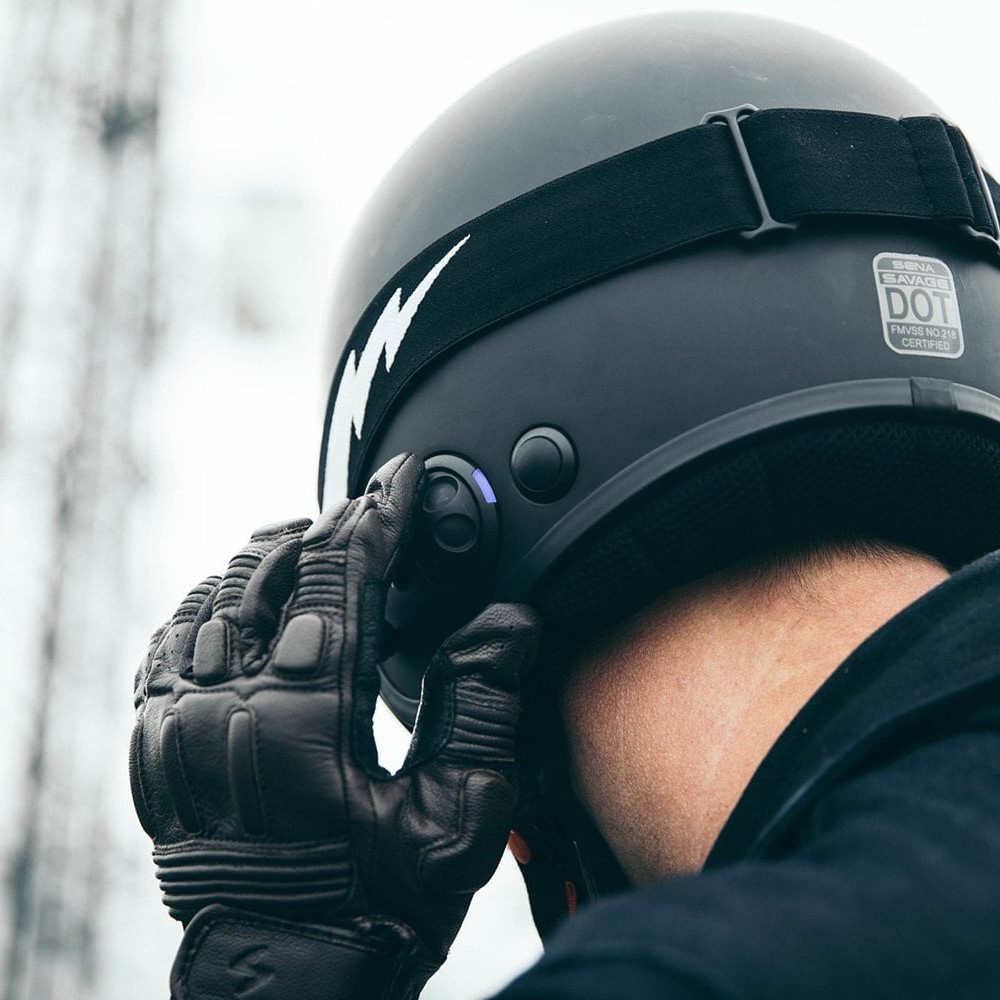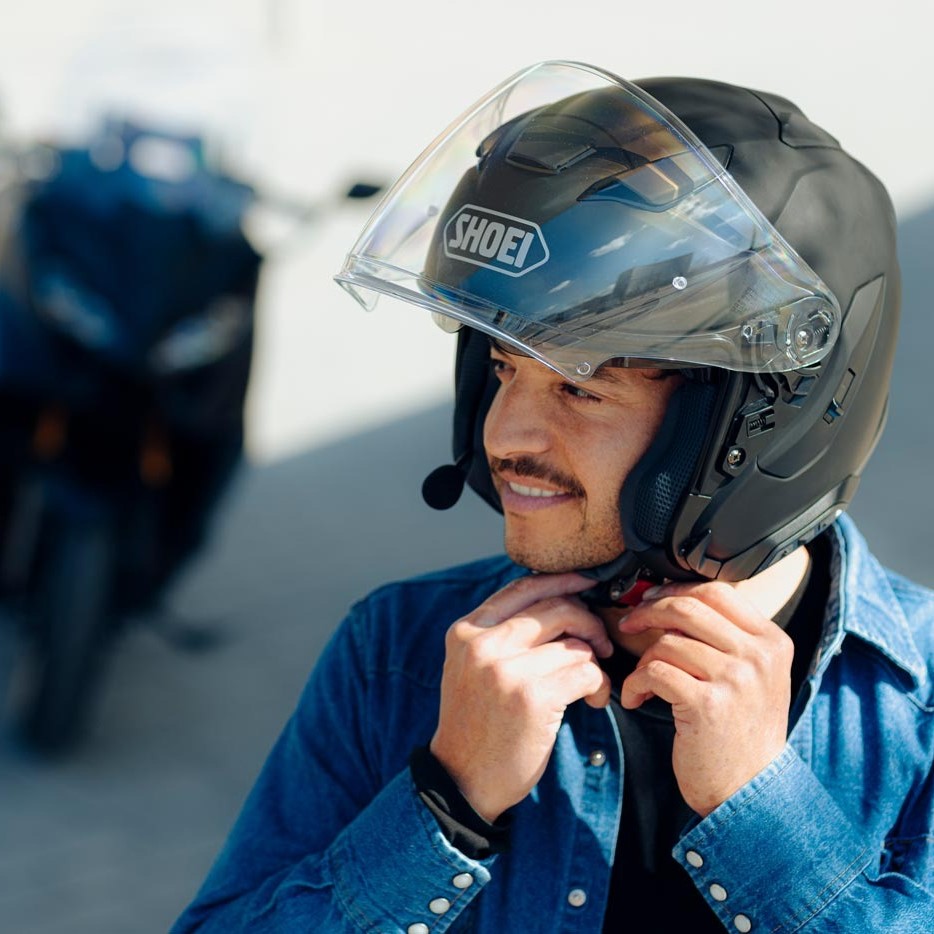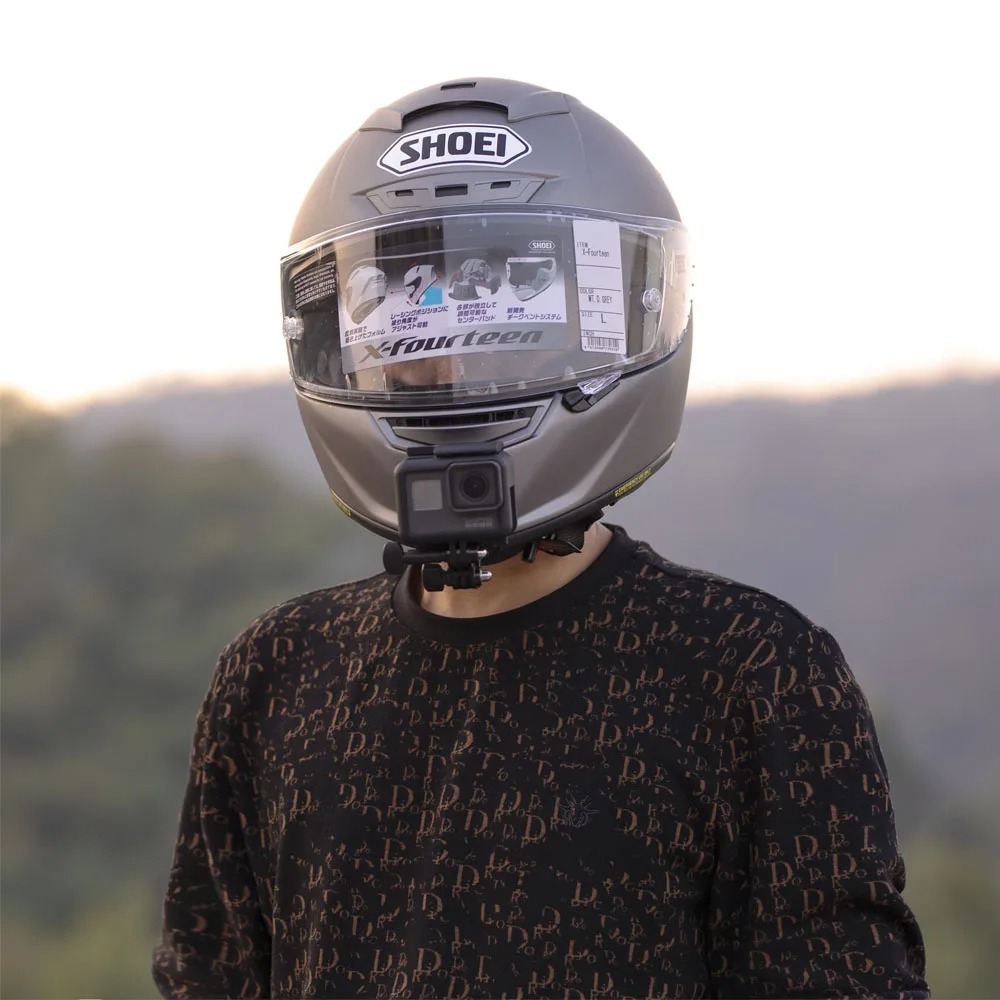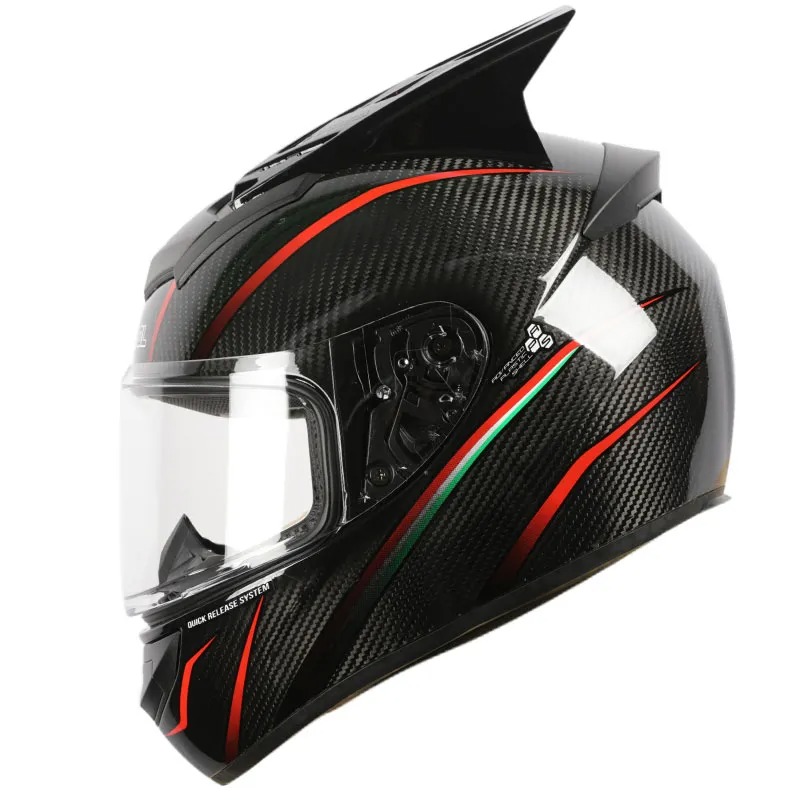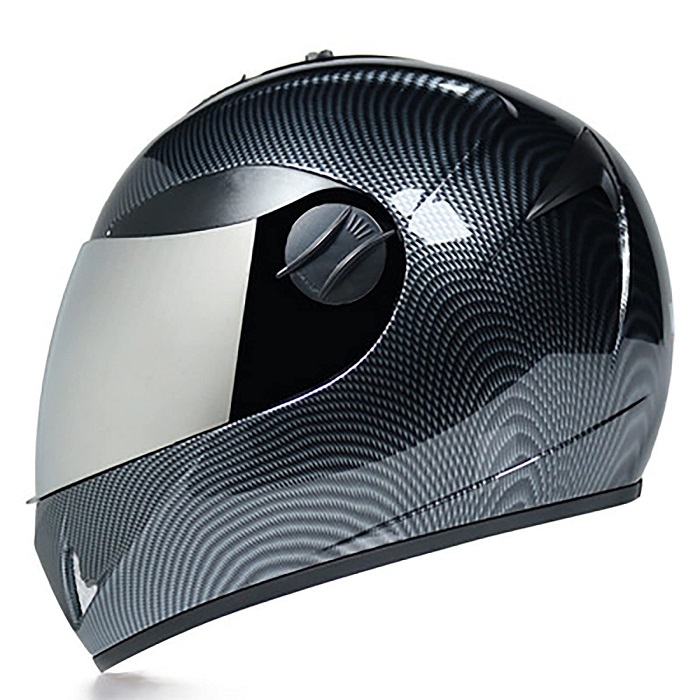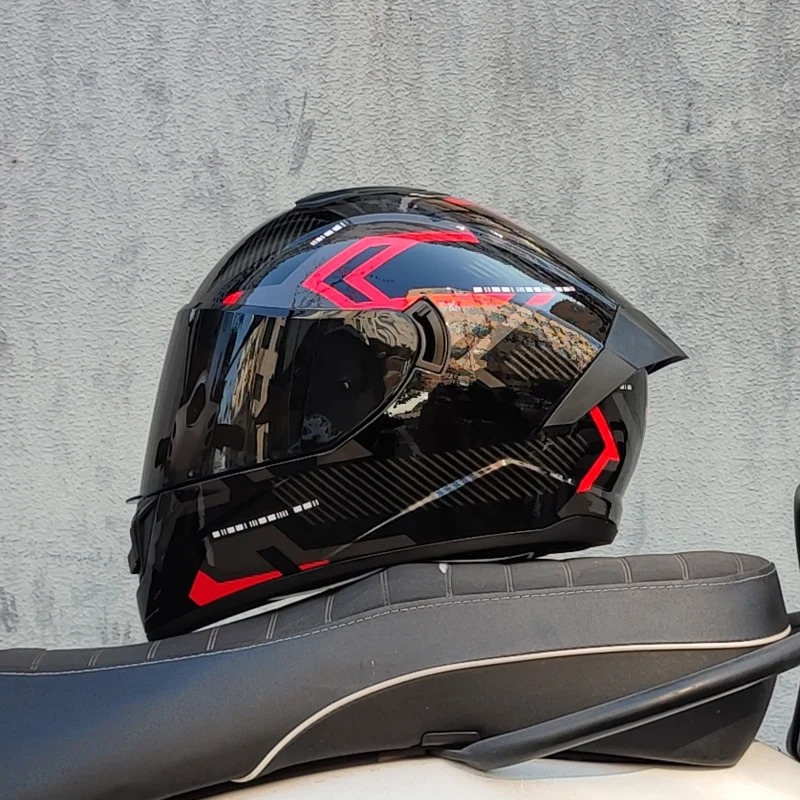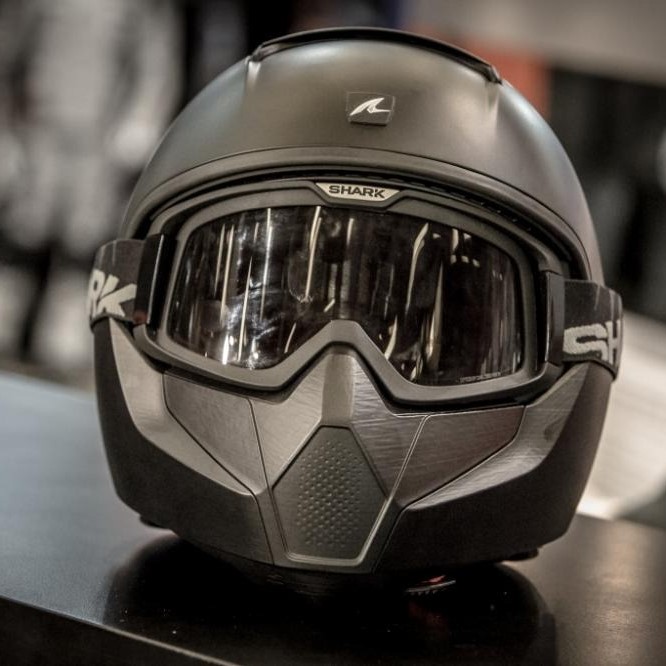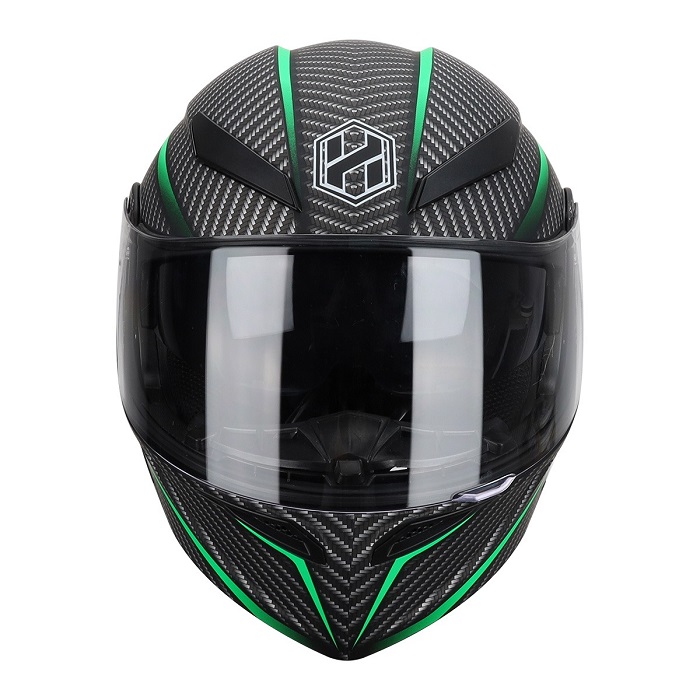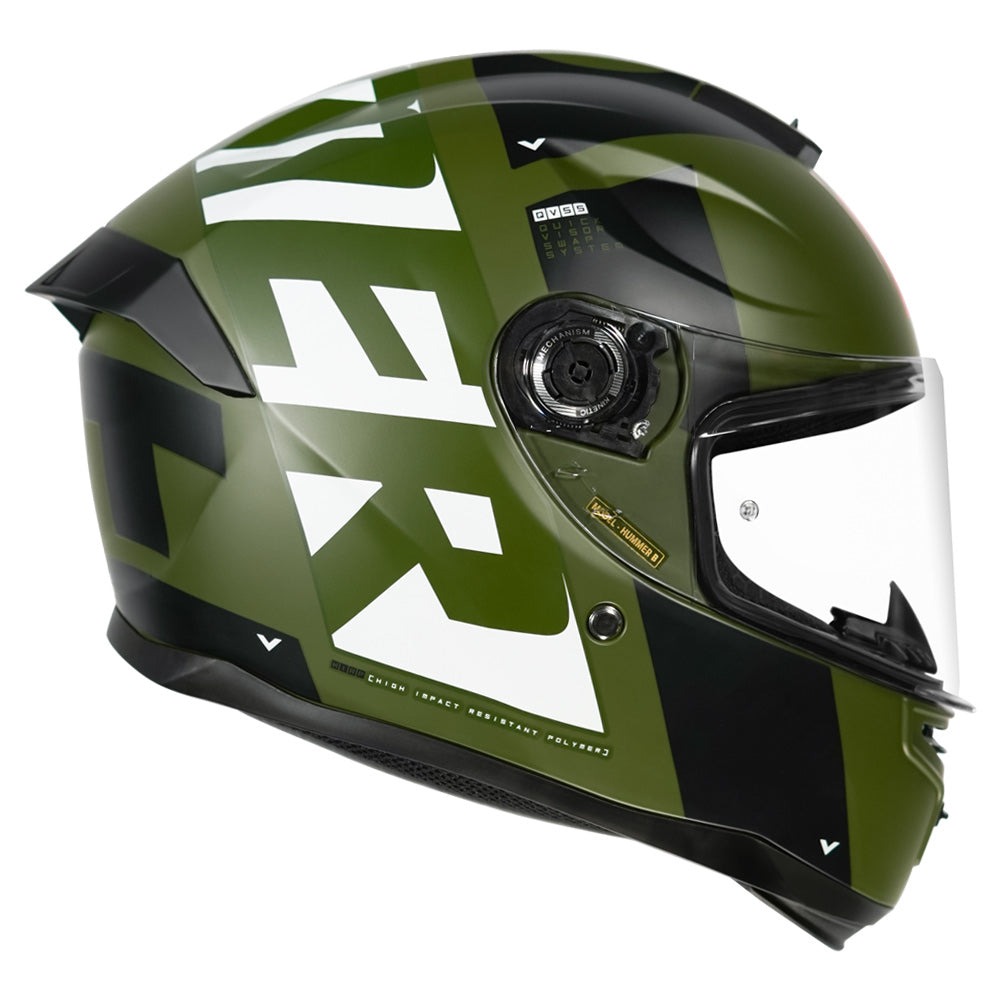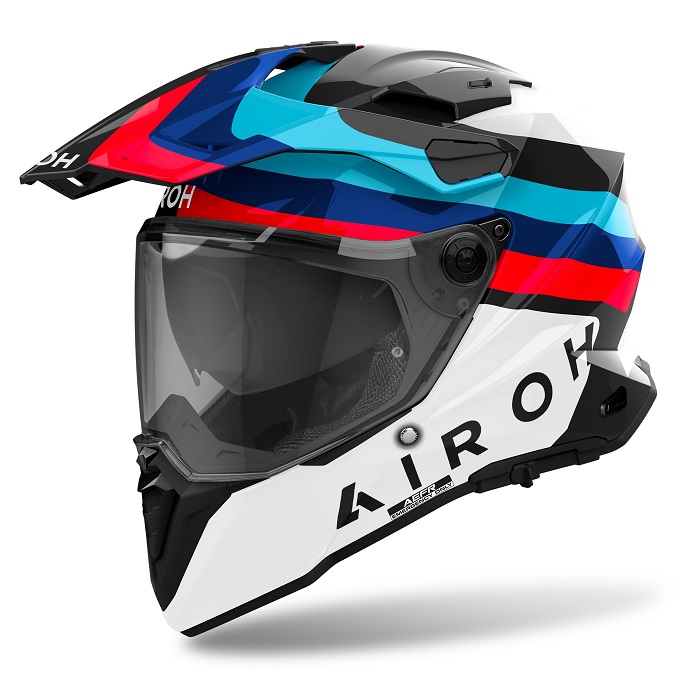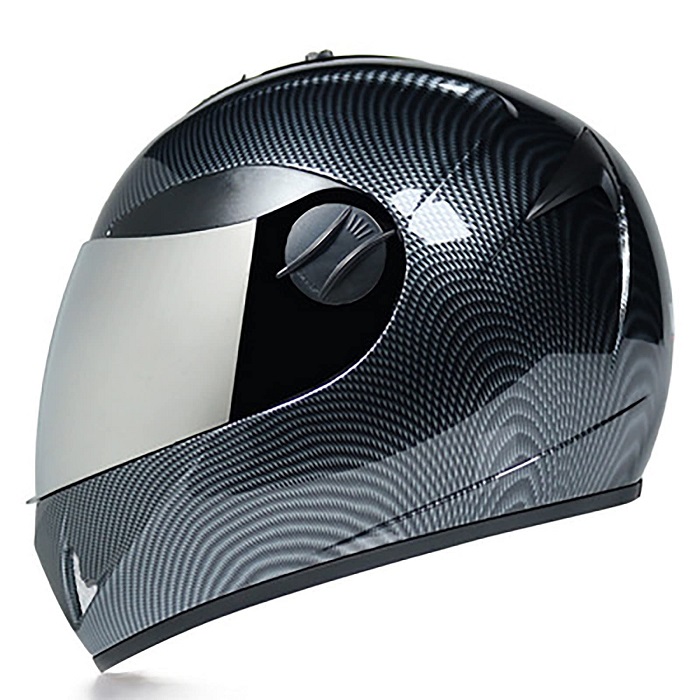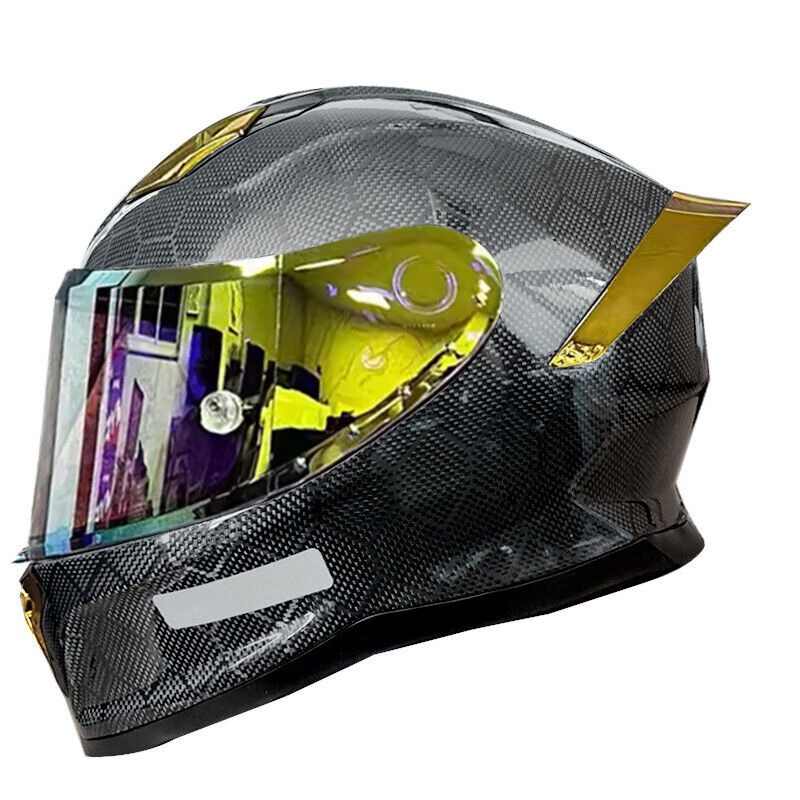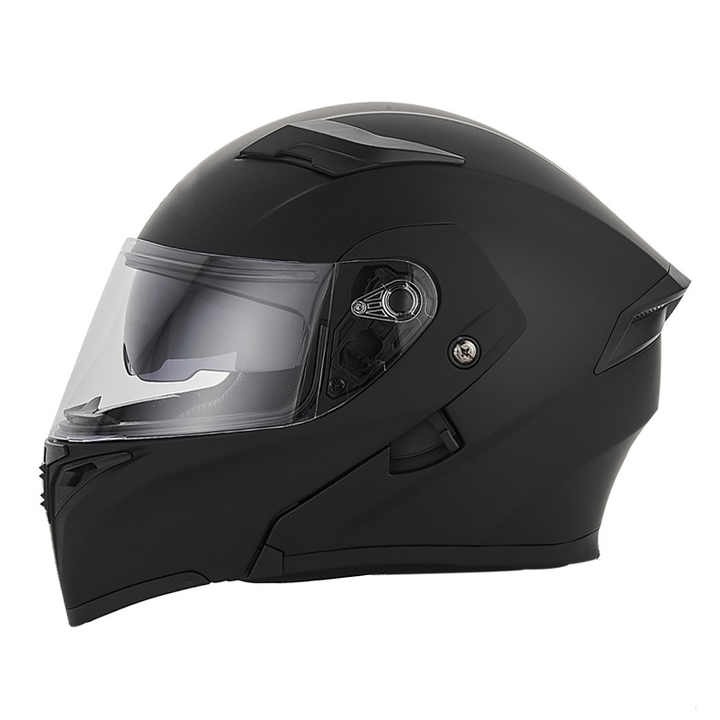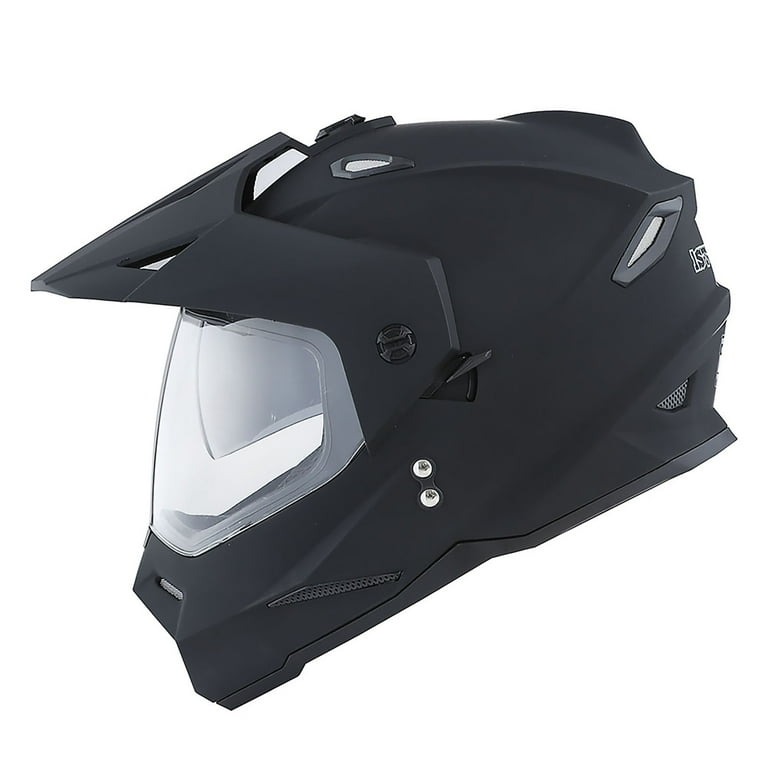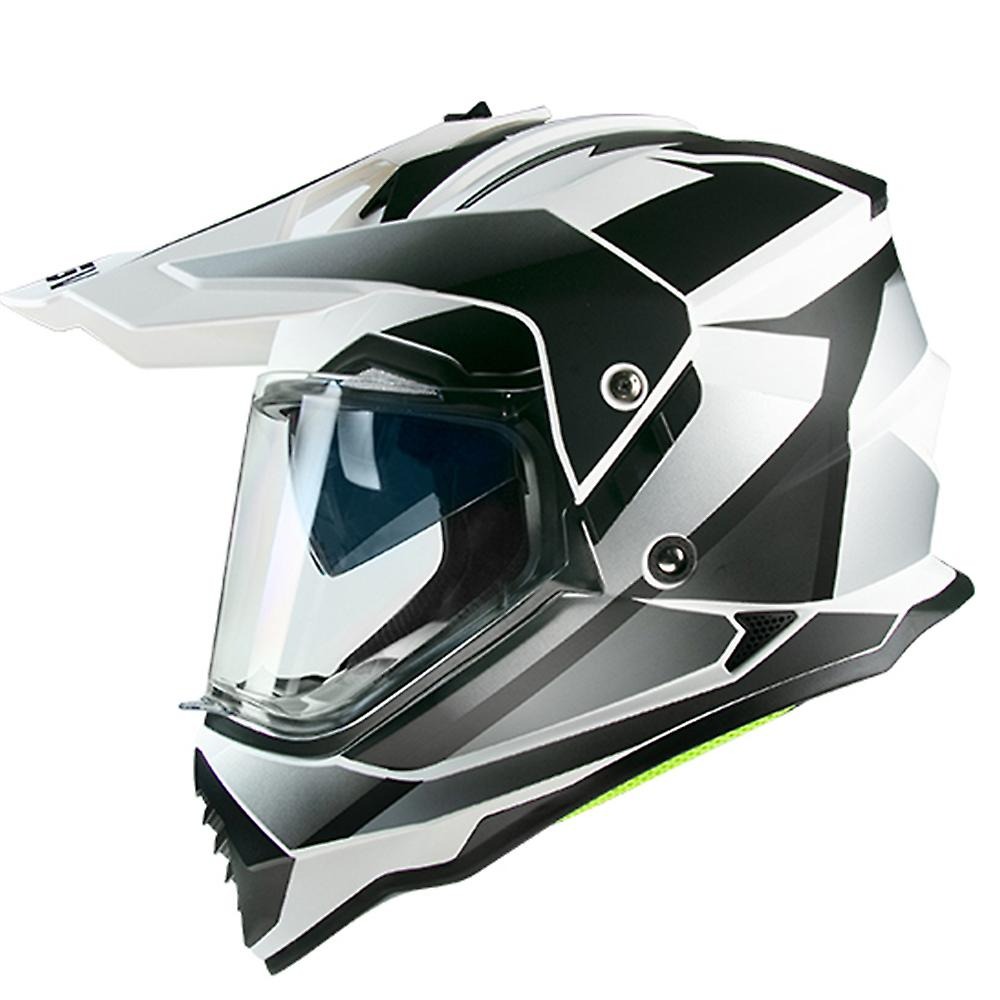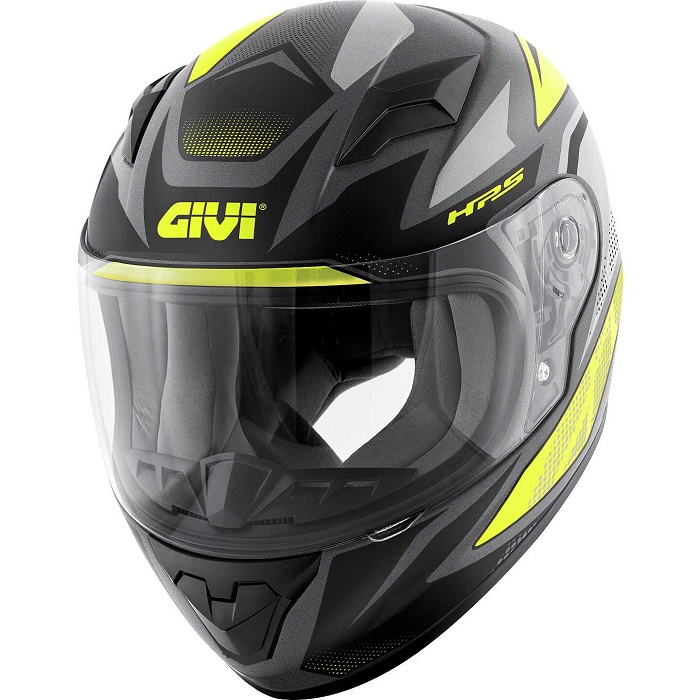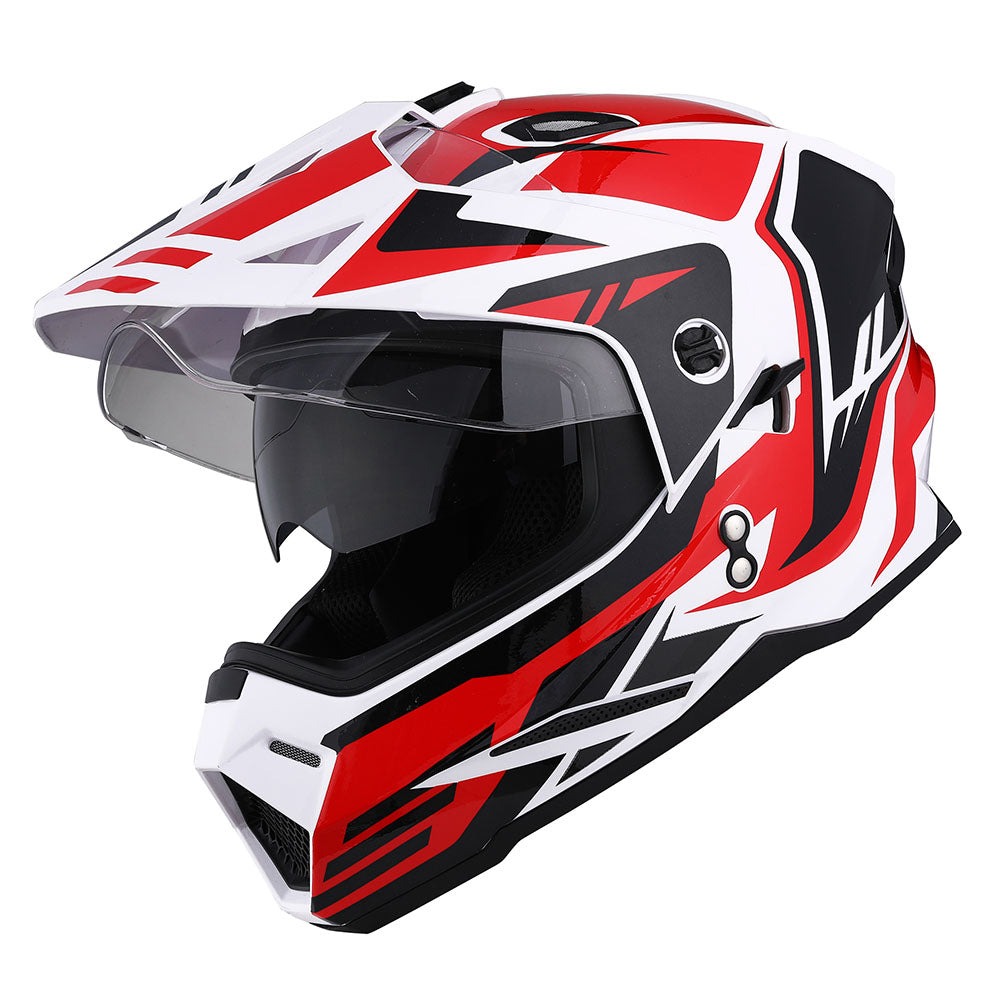Mar 4, 2025
How to Measure Head Size for Motorcycle Helmet: A Guide
Introduction to Helmet Sizing
Selecting the right motorcycle helmet is crucial for your safety, comfort, and overall riding experience. How to measure head size for motorcycle helmet? The helmet is your most important gear, and its sizing must be accurate. A helmet that fits well can mean the difference between a minor inconvenience and serious injury in the event of an accident.
To begin, understand that helmet manufacturers often use different sizing charts. It is essential to know how to measure head size for a motorcycle helmet effectively. This ensures you get a helmet that conforms well to your head’s unique shape and size.
Helmet sizing involves taking a precise measurement of your head. This measurement will then correspond to a specific helmet size. The goal is to find a size that’s snug and secure without being uncomfortably tight or dangerously loose.
The perfect helmet fit will not only protect you better but will also provide enhanced comfort on long rides. We’ll dive into the process of accurately measuring your head and selecting a helmet that fits you just right. Let’s strap in and get started on the path to the perfect helmet fit.
Importance of Proper Helmet Fit
A proper helmet fit is not only a comfort matter; it’s a safety priority. A well-fitted helmet can greatly reduce the risk of head injuries in accidents. That’s why ensuring the accuracy of your head measurement is critical when selecting a motorcycle helmet.
Wearing a helmet that is too loose may lead to it coming off during an accident, offering no protection. On the other hand, a helmet that’s too tight can cause headaches and discomfort, which can distract you while riding. It’s crucial to find the middle ground, where the helmet is snug enough to stay securely in place but also comfortable for long hours on the road.
A correctly fitting helmet also improves riding experience by reducing wind noise and fatigue. You are better able to focus on the road and react promptly to any unforeseen events. With the right fit, the helmet’s safety features, such as impact absorption and visibility, function as designed.
In essence, a properly fitted helmet ensures maximum protection and contributes to a more enjoyable and responsible riding experience. Remember, a helmet is the most important piece of protective gear for a rider, and the effort you put into finding the right fit will pay off in safety and comfort. As we look into how to measure head size for a motorcycle helmet, always keep the importance of a correct fit at the forefront of your mind.
Tools You Need to Measure Your Head Size

Before you start the process of how to measure head size for a motorcycle helmet, gather the right tools. Precision is key, and using the proper tools makes all the difference. Here are the essentials you need:
- Tailor’s measuring tape: This flexible tape will accurately follow the contours of your head.
- Mirror: You’ll need this to ensure the tape stays level while you measure.
- Pen and paper: Write down your measurement as soon as you take it to avoid forgetting.
These tools are simple but vital for obtaining an accurate head measurement. A tailor’s tape is preferable over a rigid ruler or metal tape measure, as it can comfortably wrap around your head’s shape. Use a mirror or ask for help to keep the tape level. Doing this, you maintain accuracy. Write down your measurement right away. It’s easy to forget numbers or get them mixed up. Now you’re ready to proceed with the steps to measure your head accurately and find a helmet that fits perfectly.
Step-by-Step Guide to Measuring Your Head
Finding your perfect helmet size starts with a precise head measurement. Follow these steps to get it right:
- Position the measuring tape: Place the end of the tailor’s tape at the widest point of your head. This is usually an inch above your eyebrows and ears. Keep the tape firm and level.
- Wrap around your head: Carefully pull the tape around the full circumference of your head. Make sure it’s flat against your skull and not twisted.
- Get the right tension: The tape should be snug but not too tight. You need a true size without squeezing your head.
- Read the measurement: Check the number where the tape overlaps at the front. Do this using a mirror, or have someone help you. Ensure the tape hasn’t slipped.
- Record your measurement: Write down the measurement as soon as you take it. It’s important to remember the exact number for the next steps.
By following this guide, you’ll have a solid foundation for how to measure head size for a motorcycle helmet. Use your measurement to find the correct helmet size with confidence. With this information, you are one step closer to a helmet that fits perfectly and keeps you safe on the road.
Interpreting Your Measurement for Helmet Sizes
Once you have your head measurement, you must interpret it to find the right helmet size. This is a crucial step in how to measure head size for a motorcycle helmet, as helmet sizes can differ between manufacturers. Here’s how you can use your measurement:
- Check the manufacturer’s sizing chart: Each helmet brand has its own sizing chart. Compare your measurement to their chart to find your size.
- Look for size specifications: Helmet sizes usually range from XS to XXL. Your measurement will align with one of these.
- Consider shape and fitment: Some helmets cater to different head shapes. Ensure the helmet’s shape matches yours.
- Try on different sizes: If possible, try on helmets in your size range. A chart cannot account for individual preferences.
By following these interpretations of your head size, you’re more likely to find a helmet that is both safe and comfortable. Remember, the correct helmet fit is essential for effective protection. So take the time to do this correctly for the best motorcycle experience.
Common Mistakes to Avoid When Measuring

Learning how to measure head size for a motorcycle helmet comes with challenges. To avoid common mistakes, pay attention to the following tips:
- Not using a flexible measuring tape: Rigid rulers can’t curve around your head, leading to inaccurate measurements. Always use a tailor’s measuring tape.
- Measuring too high or too low: Position the tape an inch above your eyebrows and ears, the widest part of your head.
- Tape tension inconsistencies: Ensure the tape is snug, but not so tight that it leaves an impression or too loose to slide.
- Failing to keep the tape level: A tilted tape won’t give you the true circumference. Use a mirror to keep it straight.
- Forgetting to record the measurement: Write it down immediately to avoid mixing up numbers.
- Using hair to measure: Flatten your hair as much as possible. Bulky hairstyles can make your helmet fit incorrectly.
By steering clear of these errors, your helmet sizing efforts will be more accurate and effective.
Adjusting the Helmet for Optimal Comfort and Safety
Once you’ve measured your head and picked out a helmet size, the next step is to adjust it. Proper adjustments ensure that the helmet offers the highest level of comfort and safety. A well-adjusted helmet can make a significant difference in protection and rider fatigue during long trips. Here are some key points on how to adjust your motorcycle helmet correctly:
- Check the padding: The helmet should have even pressure around your head. There should be no pressure points.
- Adjust the chin strap: The strap should be tight enough to allow only two fingers between the strap and your chin.
- Wiggle test: Gently shake your head with the helmet on. It should move with your head, not slide around.
- Position the visor: The visor should not obstruct your vision and should easily open and close.
- Use the retention system: If your helmet has one, adjust it for additional security.
Remember, a helmet that’s too tight can lead to discomfort, while one too loose may not protect you as well. Make adjustments while considering these aspects for an optimal helmet fit. Take your time with each step to ensure your safety and comfort are balanced perfectly. After all, comfort on the road is as crucial as safety.
Understanding Different Helmet Shapes and How They Affect Fit
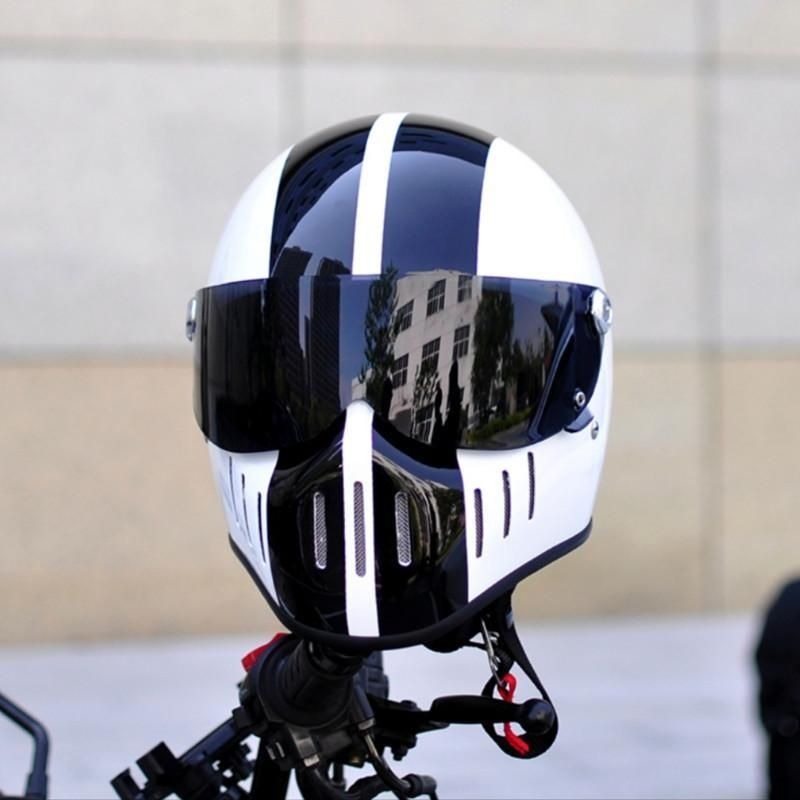
When choosing a motorcycle helmet, remember that shape matters almost as much as size. Different helmet brands design their products with various internal shapes to accommodate different head profiles. There are generally three helmet shapes to consider: round oval, intermediate oval, and long oval.
- Round Oval: This shape suits heads that are as wide from ear to ear as they are from forehead to back.
- Intermediate Oval: The most common shape, it’s slightly longer front-to-back than ear-to-ear.
- Long Oval: Ideal for heads that are noticeably longer front-to-back than they are wide.
To ensure the best fit, identify your head shape and compare it with the helmet’s design. A helmet that matches your head’s shape offers better comfort and protection. During a fitting, pay attention to any pressure points or gaps. Both can signal a mismatch in shape.
To test the shape, try the helmet on. If you feel pressure on your forehead but the helmet fits loose on the sides, it might be too round. If the sides are snug but there’s pressure on the front and back, the helmet may be too oval. It’s crucial to find the right balance for safety and comfort.
Use your head measurement along with the helmet’s shape to make an informed decision. By doing this, you’re on your way to finding a motorcycle helmet that fits well, feels comfortable, and most importantly, protects you effectively.
More Details